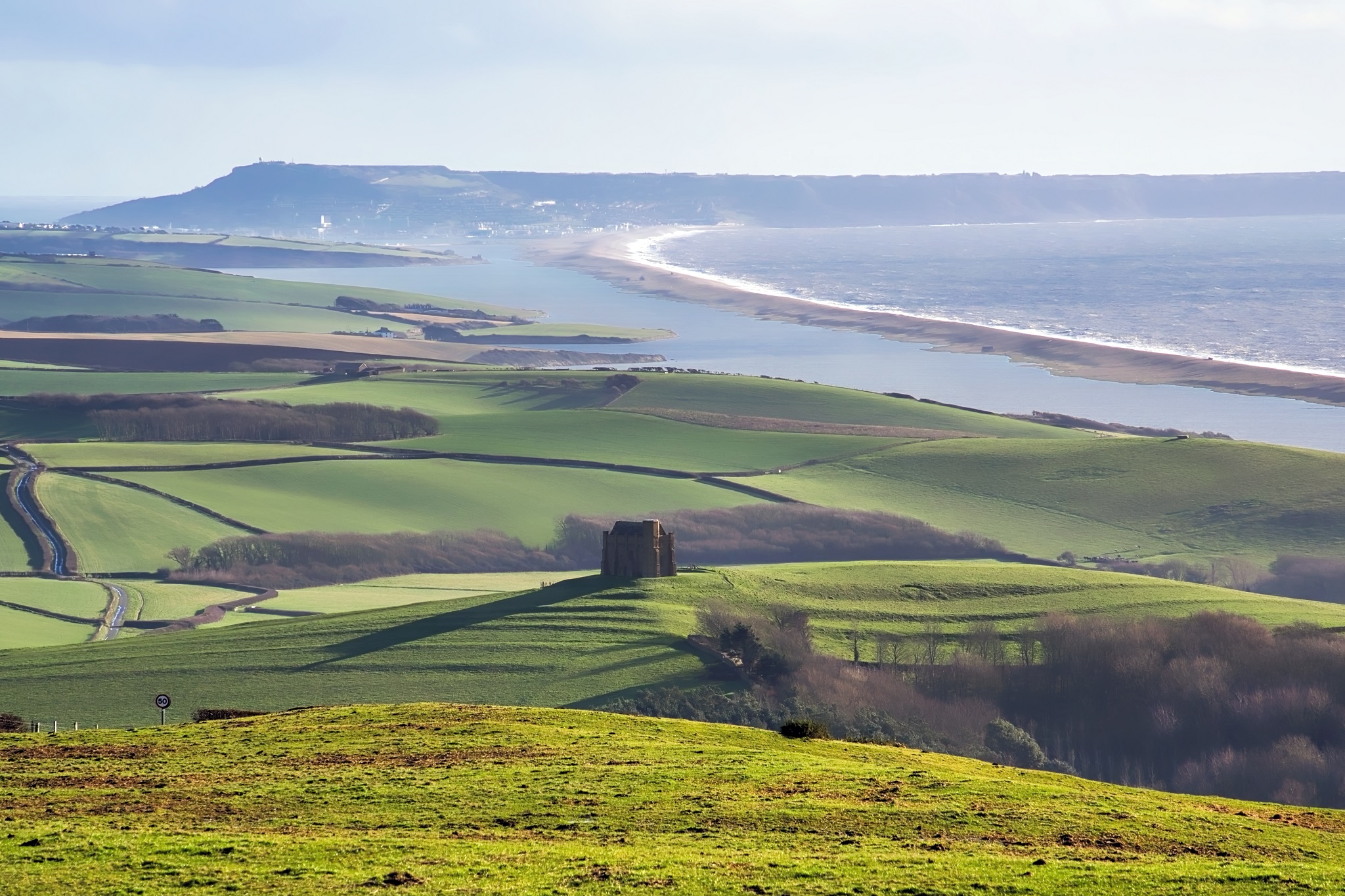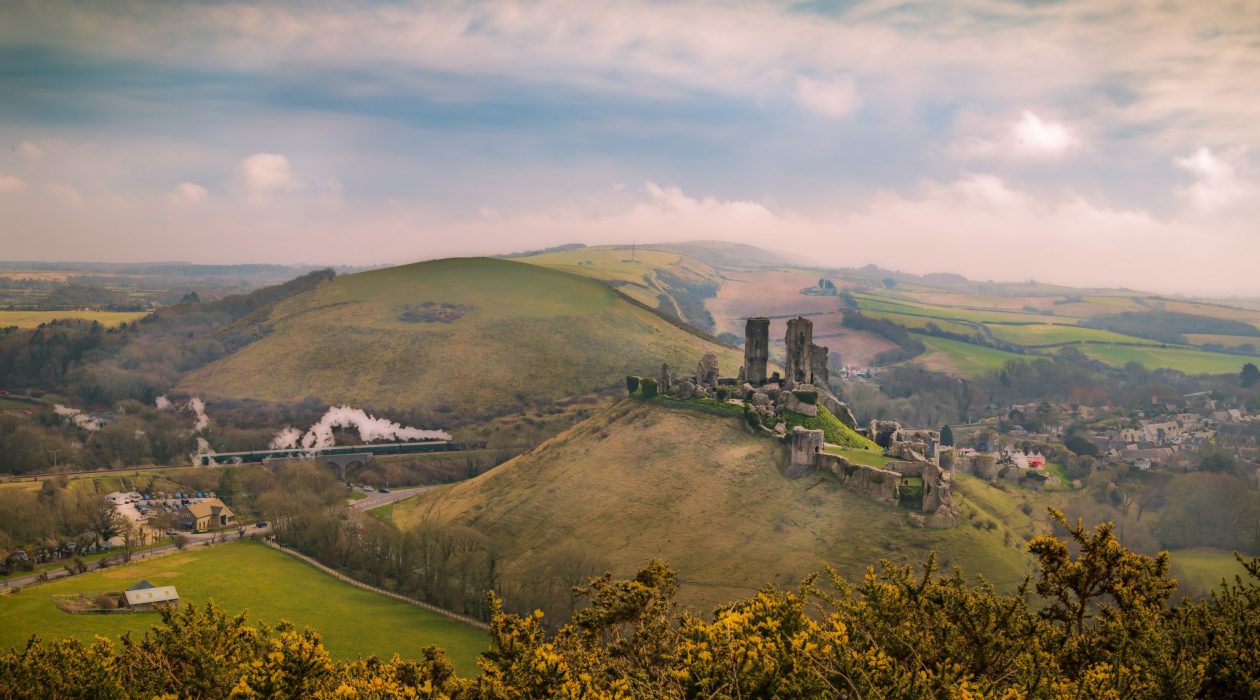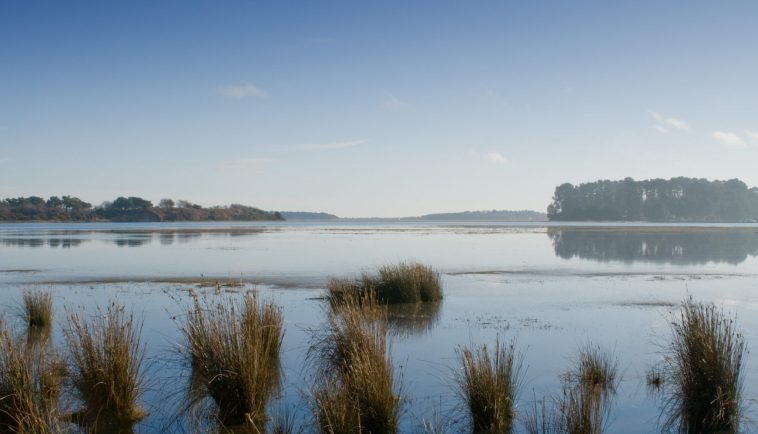Landscape Planning and Change
The beautiful landscapes we see today have been shaped by thousands of years of human activity with the environment. Impressive geological formations and natural processes have created landforms which people have helped shape into distinctive landscapes. Farming, forestry, and local industries have all left their mark, giving a unique sense of place and character to our countryside. Many of the patterns and features of past use have survived through centuries of change. Into the 21st century, the pace of social, economic and environmental change is increasing. Without careful planning and management, the quality and condition of the landscape could irreversibly decline.



